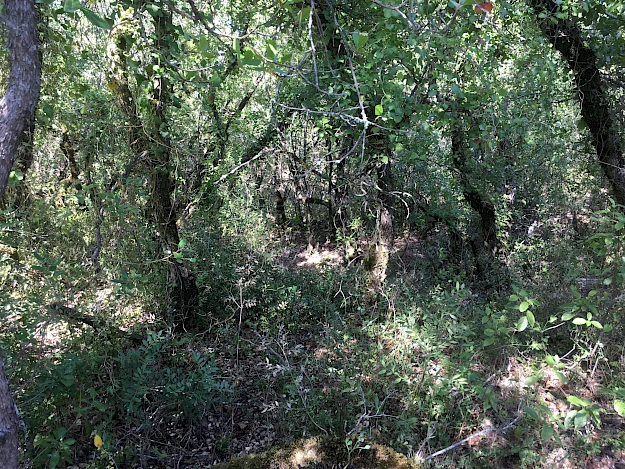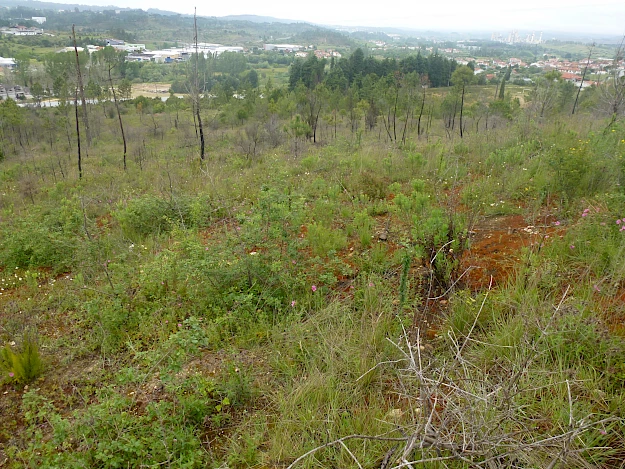Study published in Nature reveals hidden impact of human activities on nature
An international study in which Ruben Heleno and José Miguel Costa, from the Faculty of Science and Technology of the University of Coimbra (FCTUC), participated, concluded that natural vegetation often lacks species that could be present, especially in areas heavily affected by human activities. This research, led by the University of Tartu (Estonia), has just been published in the prestigious journal Nature.
More than two hundred scientists from the DarkDivNet research network have studied plants in almost 5,500 locations in 119 regions around the world. In each location, they recorded all plant species and identified the so-called “dark diversity”, that is, the absence of native species. In this way, the researchers were able to understand the full potential of plant diversity in each location and measure how much of the potential diversity was present. This approach revealed the invisible impact of human activities on natural vegetation.
In regions where human impact is reduced, ecosystems typically have more than a third of potentially suitable species, with other species being absent mainly due to natural factors such as limited dispersal. In contrast, in regions heavily impacted by human activities, ecosystems have only one in five suitable species. Traditional measurements of biodiversity, such as simply counting the number of species, have not detected this impact because natural variation in biodiversity between regions and ecosystems has hidden the true extent of human impact.
In Portugal, the team from the Centre for Functional Ecology (CFE) at FCTUC studied 34 sites in the center of the country, most of them forest fragments with various types of disturbance, from well-preserved areas to old abandoned agricultural fields. The species present and their associations were then used to try to understand the missing species in a location north of Coimbra, where the research group has been carrying out work for more than ten years.
As in Coimbra, none of the 119 regions included in this study allows relevant conclusions to be drawn when analyzed in isolation. However, when researchers put all the data together, they discovered that the proportion of “missing” species is much higher in places where human presence is more intense. Even though these places continue to maintain all the conditions to support natural vegetation.
The level of human disturbance in each region was measured using the Human Footprint Index, which includes factors such as human population density, changes in land use (such as urban development and agriculture), and infrastructure (such as roads and railways). The study concluded that plant diversity in a location is negatively influenced by this index and by most of its components in a surrounding area, up to hundreds of kilometers away.
«This result is worrying. On the one hand, it demonstrates that the effects of human activities, such as roads, deforestation, and pollution, among others, extend far beyond places that are typically understood as being disturbed. On the other hand, they show, for the first time, that plants are having difficulty recolonizing places that would be perfectly suitable for them. This is a warning sign for the fundamental role of wild animals, namely through seed dispersal, a service that appears to be compromised by the decline of many animal populations», warns Ruben Heleno, professor in the Department of Life Sciences and researcher at CFE and the Associated Laboratory TERRA.
The study highlights the importance of maintaining and improving the health of ecosystems (including plants and animals) beyond protected areas. Furthermore, the concept of dark diversity offers a practical tool for identifying species that should be present in a given location, thereby facilitating the tracking of progress in ecosystem restoration.
The scientific article “Global dark diversity study reveals hidden impact of human activities on nature” can be consulted here.



